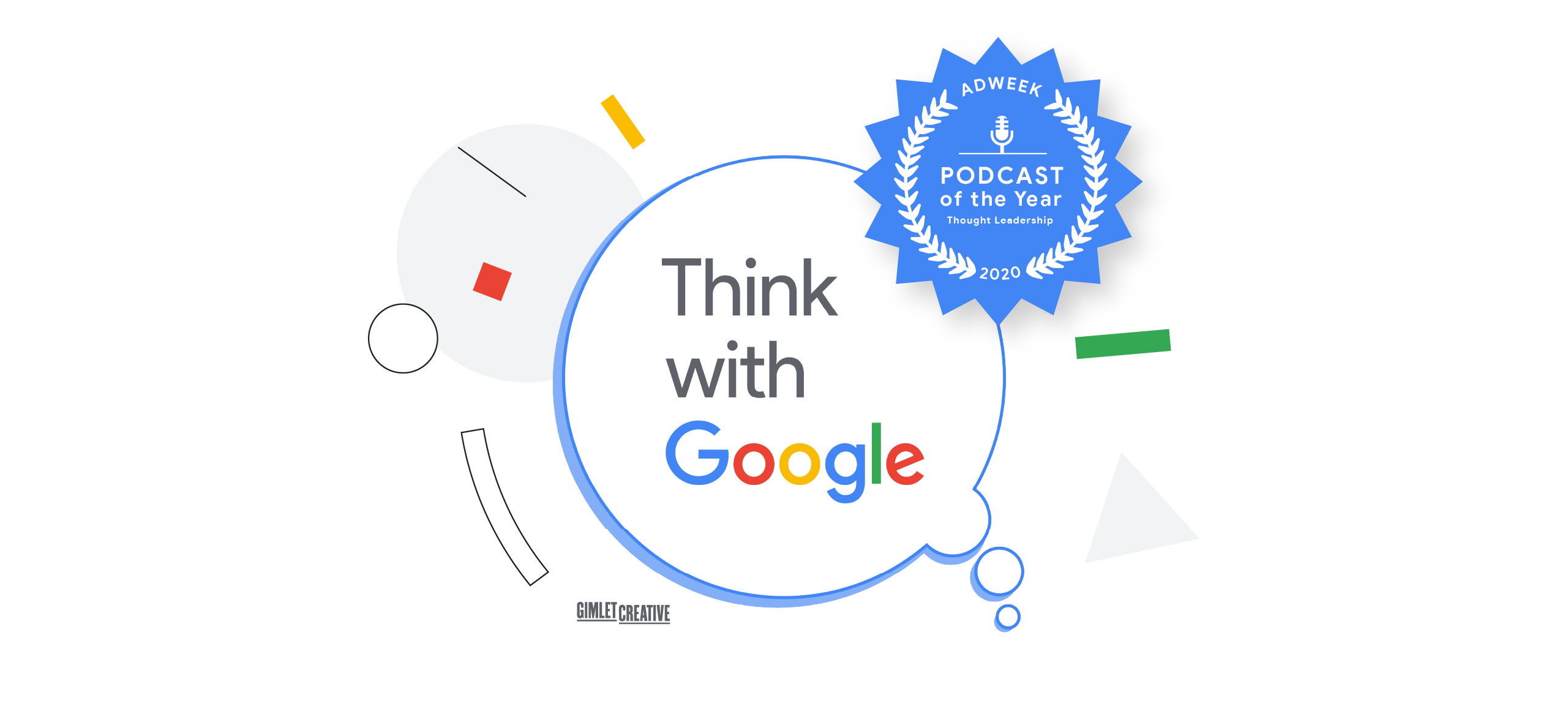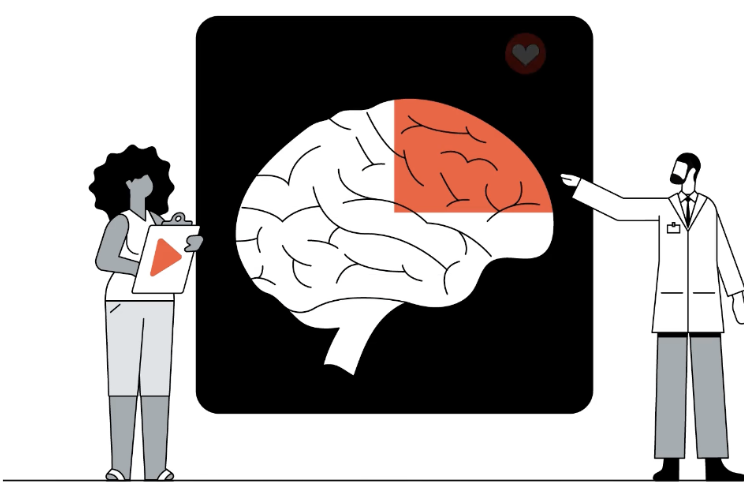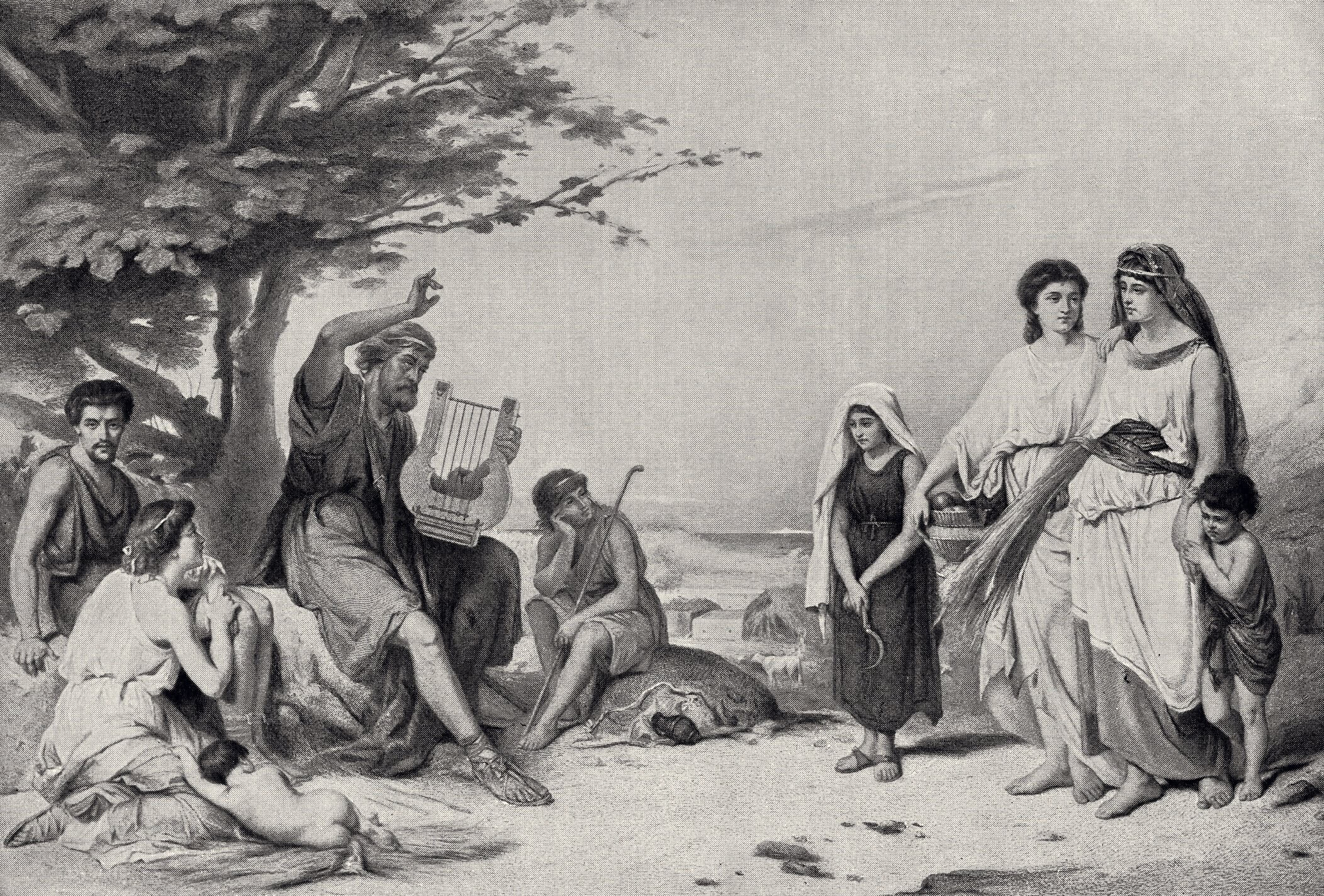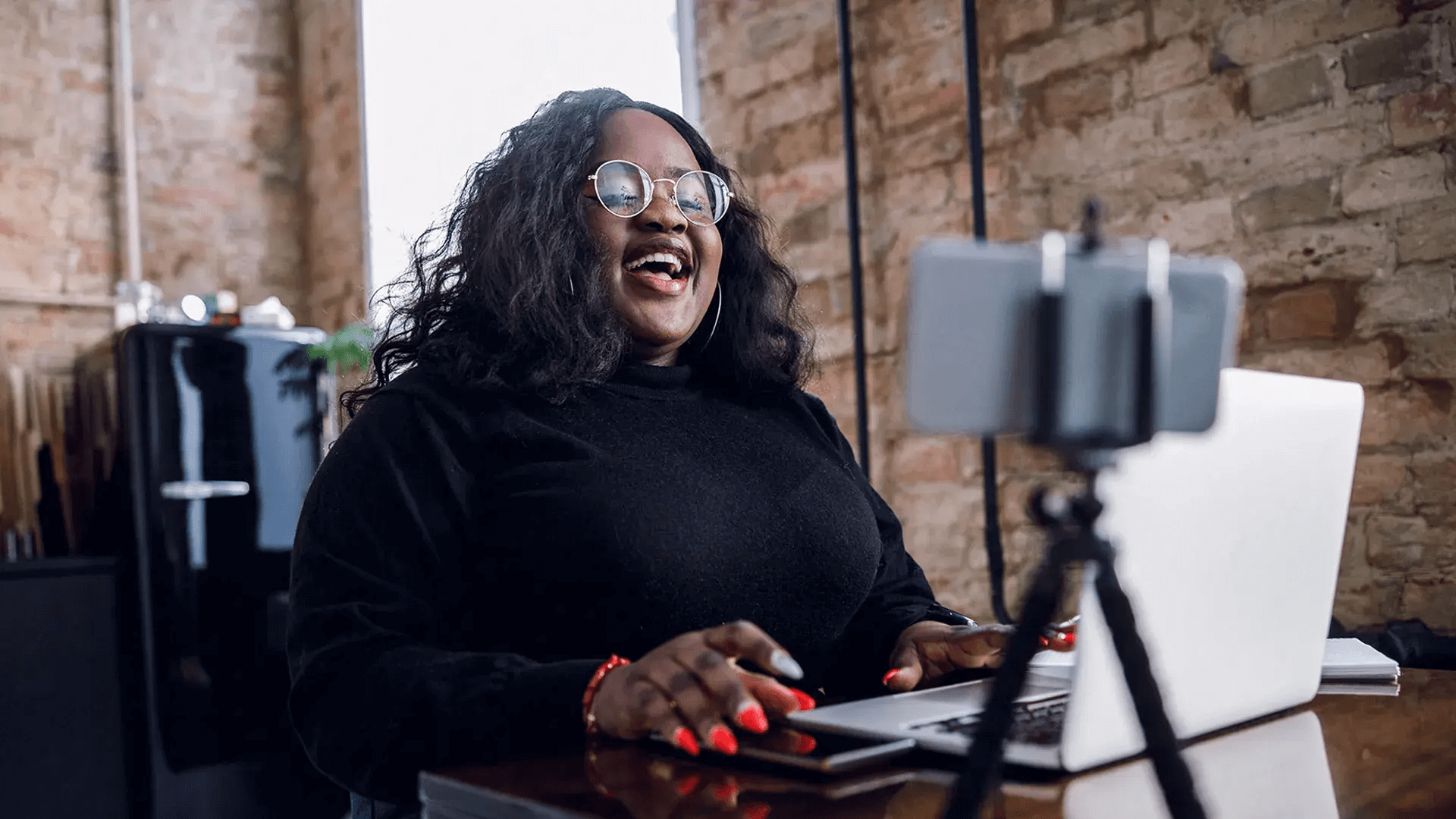But here’s what stood out even more. Younger generations, like Gen Z and Gen Alpha, gravitate to YouTubers and TikTokers. Why? Because these creators bring a personal, authentic touch. They’re our modern storytellers, a role that has existed for thousands of years. Humans have always learnt and shared information through direct, one-on-one communication.
Recent insights from Think with Google back this up with neuroscientific research. They show that people pay more attention and feel stronger emotions when the content feels personal and features someone they trust. It confirms that authenticity drives engagement. The more genuine someone appears on camera, the more our minds light up.
Google’s report showed that neurologists measured brain activity while participants watched different types of YouTube content. The findings confirmed what many marketers already suspected. Familiar faces and real narratives hold our attention better than heavily scripted presentations. When we listen to someone who feels “known” to us, whether they’re a favourite influencer or a relatable host, our brains engage more. We aren’t just watching, we’re feeling and remembering.
From an evolutionary angle, this makes sense. People have always learnt through close-knit storytelling circles. Think of an ancient tribe around a fire, passing on stories for knowledge. Our brains respond strongly when a trusted person speaks to us. No matter how modern our technology becomes, we’re still connected to these old instincts.
Let’s look back to the first influencers
Anthropologists consider storytelling a universal human tradition. In ancient West Africa, griots acted as living libraries. They memorised genealogies, cultural lore and historical events, then passed them on through music and narrative. In medieval Europe, bards and minstrels travelled from town to town, sharing epic tales that helped shape shared identity and culture. Ancient Greece had rhapsodes, who recited Homeric poetry, preserving myths that still influence our literature.
These storytellers were crucial to their communities. They kept collective memories alive. They also entertained and taught moral lessons. Although today’s digital creators aren’t exactly the same as traditional storytellers, they perform a similar function. They share information and ideas in a way that resonates with modern viewers. They still speak directly to us, keeping the ancient need for authentic storytelling alive.
The democratisation of storytelling
Thanks to the internet, we now have countless digital “campfires.” You can pick from YouTube channels or TikTok feeds that speak directly to you. This democratisation of content creation means people can find a storyteller they relate to. It might be someone with the same humour or the same experiences.
For marketers, it’s a reminder that although the medium has changed, the essence of communication hasn’t. We can reach huge audiences but if our message isn’t authentic, it won’t stick. If we partner with the right voice, someone who connects, our modern tribe will lean in and pay attention.
Storytelling hasn’t died
Presenting might seem like a fading art but it’s just evolving. The need for real connection hasn’t changed. YouTube and TikTok have opened the door for new storytellers, each with their own style. They fulfil an ancient human need to hear directly from someone we connect with.
For marketers, the lesson is straightforward. Pumping out content isn’t enough. We must be careful storytellers who tap into our natural desire for authenticity, relatability and personal connection. In our digital world, as in the fireside gatherings of the past, storytellers hold the power. When we trust the voice telling the story, we listen, remember and share.
Tamara Askew on February 7th, 2025



